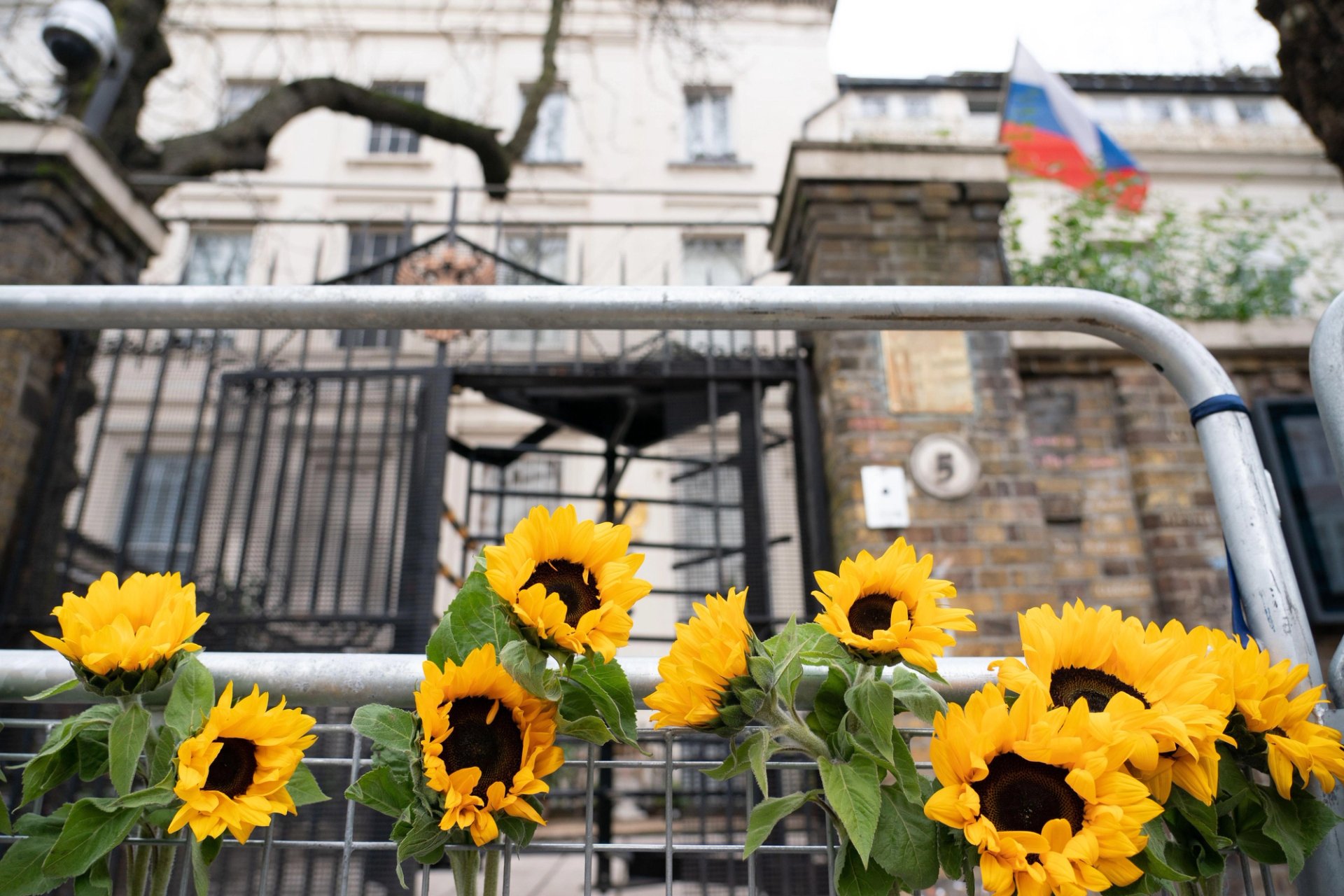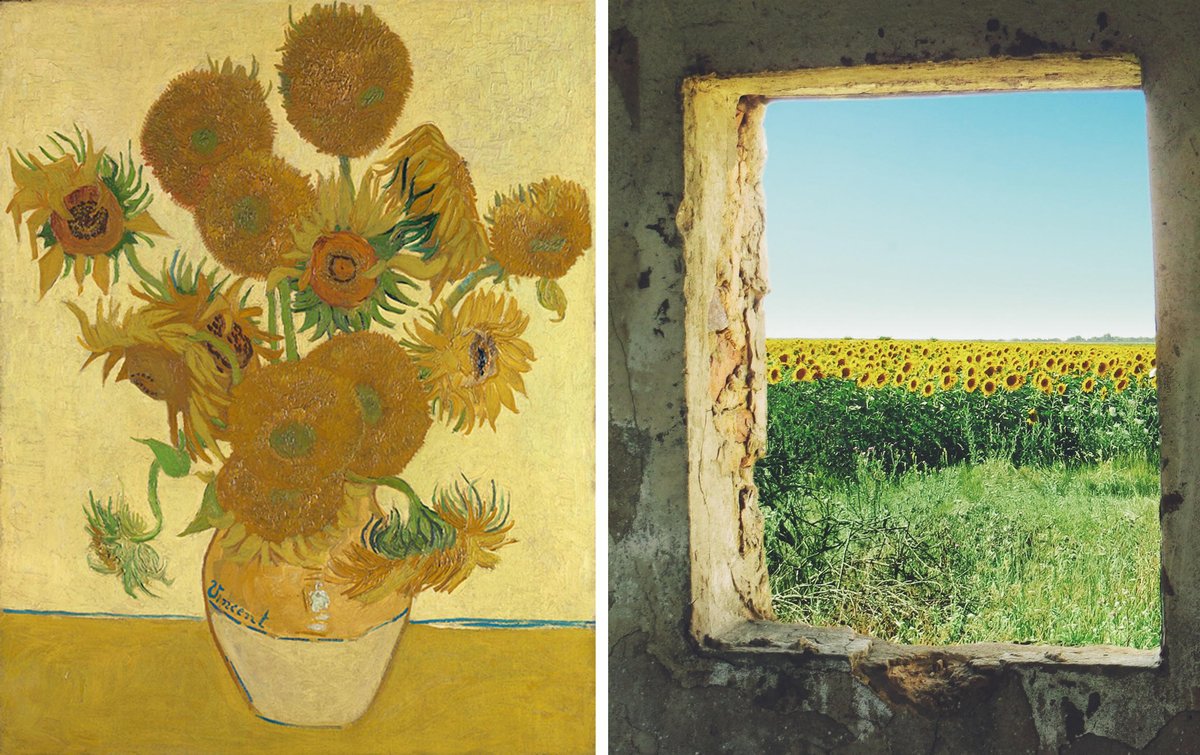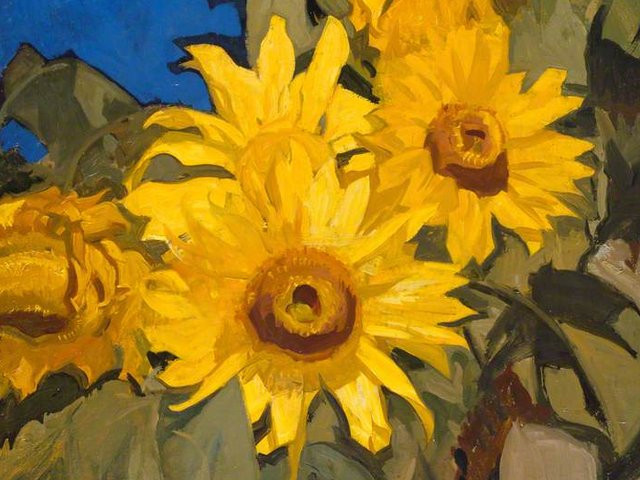The sunflower, Ukraine’s national flower, is becoming a symbol of resistance against the country's invasion by Russian forces. Its exuberant and lively form represents the antithesis of the destruction now being suffered by the Ukrainian people.
In Van Gogh’s time, sunflowers were mainly grown in gardens for their striking beauty. But by the 20th century they were increasingly cultivated in vast fields for their oil, which is used for cooking. Last year Ukraine was the world’s largest source of sunflower oil, accounting for around a third of global production.
Sunflower seeds are sown in April-May in Ukraine, with the crop being harvested in September-October. But obviously this year there will be enormous challenges. Farmers will find it difficult or even impossible to obtain seeds, fertiliser and diesel fuel for farm machinery.
Around half of Ukraine’s sunflower production comes from border regions which are now occupied by Russian troops. Labour shortages are expected as some farmers move to slightly safer areas further away from the frontier. Most of Ukraine’s sunflower seed crop is crushed for oil near the Black Sea ports, areas now being fought over.

Sunflowers, which have become symbols of resistance and solidarity in Ukraine, were tied to railings outside the Russian embassy in London on 4 March Credit: Dominic Lipinski/PA Wire
As Vincent van Gogh once put it in a letter to his brother Theo: “Nothing but sorrow comes out of war… there is only destruction.” The situation in Ukraine is currently absolutely desperate—but hopefully the sunflowers which so inspired the artist will eventually become a symbol of peace and reconstruction.
Van Gogh linked his yellow sunflowers to the sun itself, which warms the earth and nurtures the tiny sunflower seeds, transforming them in just a few months into one of nature’s tallest flowers. In the mornings they turn towards the east, where the sun rises. Those that do flower this year will face towards their neighbour, Russia.
Today many people immediately associate sunflowers with Van Gogh. Now these optimistic blooms will also be a reminder for us of Ukraine and its people.






